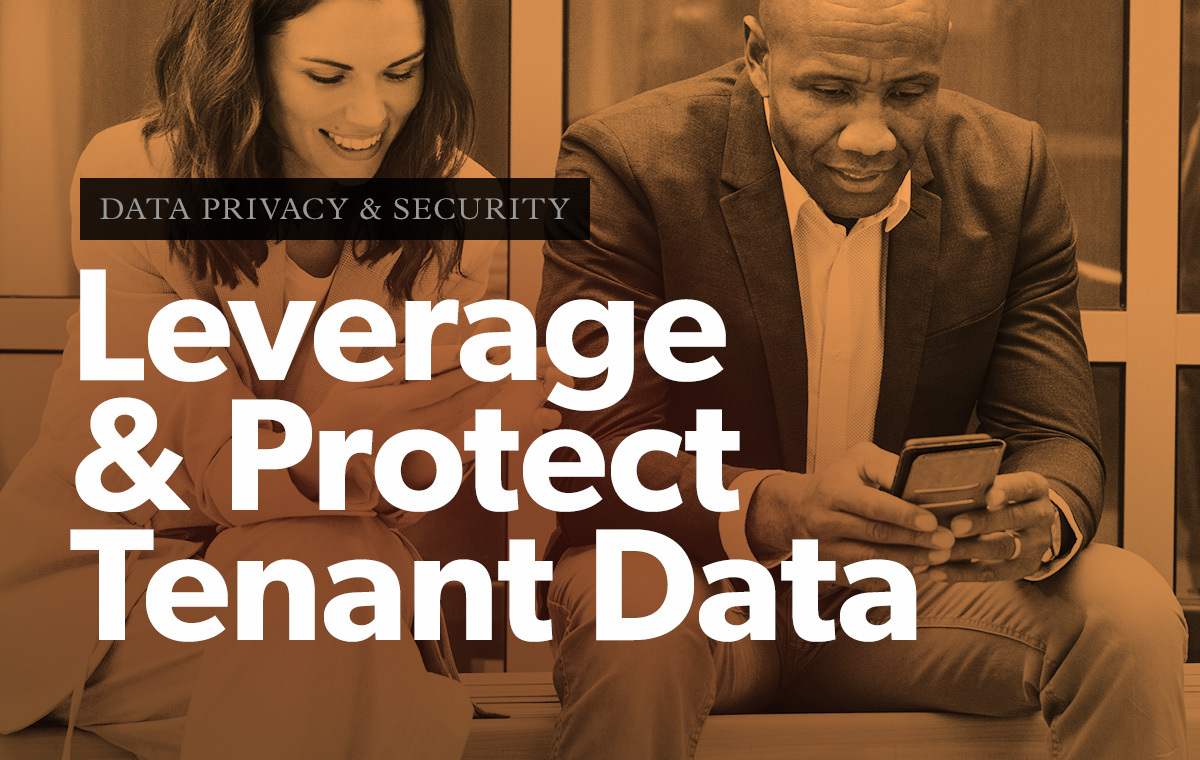Technology is everywhere. Our phones are alarms, work assistants, commuting advisors, health trackers, and entertainment sources. The cloud and Internet of Things (IoT) channel these experiences across all connected systems, guiding us through the day one seamless transition at a time. Perhaps this is why 59.5% of the global population are active internet users, with 92.6% accessing the internet through their mobile devices.
The fuel behind these conveniences is data. Technology has become a conduit for brands and companies looking to learn from their end-users. The more connected a consumer is to various technologies, the more companies can understand about their interests, habits, and needs. This is how companies like Netflix save $1 billion per year on customer retention. Real-time feedback allows them to quickly cater to the individual wants and needs of their customers — maintaining a competitive advantage through an extremely personalized consumer experience.
Nowadays, this concept is being applied to the commercial real estate (CRE) industry. When you run a business where people are in and out of a physical space, it’s only natural to want to understand more. Who are your tenants? What are they doing in your building? And how can you support their needs?
With the growing popularity of proptech, data collection seems easy. Office owners and operators can now activate entryways, building amenities, resources, and more to understand how tenants interact with their buildings. However, data collection can’t be taken lightly. It needs to be executed in a way that prioritizes the wellbeing and safety of the individuals you’re learning from.
To reduce company and tenant risks, we’re breaking down a few ways property teams can get the results they want — the right way.
Aggregated and Anonymized
Data collection is important to the success of CRE, but there is such a thing as collecting the wrong types of data — as well as collecting too much of it. According to global statistics on big data technologies, poor data quality costs businesses worldwide anywhere between $9.7 million and $14.2 million annually. Not only is collecting the wrong data an expensive habit, but it can lead to poor decision-making, low business productivity, and mistrust between your brand and your end-users.
Not surprisingly, 95% of companies cite managing unstructured data — or data that comes from multiple sources, in different forms, and in different sizes — as a business imperative. So how can CRE teams be sure they’re collecting the right data in a central, easy-to-understand, and secure location?
Well, we’ve been in the CRE industry for a while. We understand that property teams don’t need large amounts of data if they can’t lead to meaningful building strategies. Thus, HqO supplements data on the physical world with metrics on tenant experiences within your building. This “bigger picture” approach is achieved through an aggregated and anonymized process that protects both your company and its end-users from risky data collection practices.
For example, a property manager won’t need to know if John Doe visits their office’s on-site cafe and orders a turkey sandwich every day of the week. That level of detail, which includes personal identifiable information (PII), isn’t actionable or informative. Instead, the property manager may want to know higher level trends such as if tenants at their building visit the on-site cafe at all. If they don’t, this might indicate tenant dissatisfaction with the cafe and prompt a new building investment. If they do, this would be a great opportunity for the property manager to offer discounts and perks to the on-site cafe as a means to support the retailer, show tenant appreciation, and open up additional streams of revenue.
Keeping it Secure
It’s one thing to collect meaningful data. It’s another to make sure your technology partners and providers are securing that data. Fortunately, there are easy ways to identify technology providers and partners who handle data securely, mostly in the form of industry standards and certifications that require thorough examination and ongoing maintenance. Below are just a few of these certifications:
- ISO: An ISO certification is a third-party approval for a company that runs to one of the international standards developed and published by the International Organization for Standardization (ISO).
- SOC 2: SOC 2, which stands for System and Organization Controls 2, is an audit report that attests to the trustworthiness of services provided by a service organization. Most commonly, it can be used to assess the risks associated with software solutions that store customer data online.
- GDPR: A GDPR certification means that the entity is legally compliant with the European Union’s General Data Protection Regulation.
- CCPA: The CCPA, or California Consumer Privacy Act, is among a growing number of state, national, and global data privacy and information security laws focused on consumer privacy rights.
These practices should not only apply to your main technology provider, but also to any integrated technologies within the overall platform. For example, when HqO integrates with our best-in-class HqOS™ Marketplace partners, we make sure that each HqOS partner follows the latest safety protocols to protect your business.
Future Considerations
Data experts predict a lot for data privacy and security in 2021 and beyond.
Jen Mailander, Deputy General Counsel of Data, Privacy, and Cybersecurity at Fannie Mae, explains a few key trends that are worth noting. One of these includes the expansion of individual consumer rights. This would allow consumers to see the information that is gathered on them, and then to have that data deleted upon request. Similarly, other trends point towards an emphasis on data management, by holding individuals and companies accountable for the types of data they collect and exactly where it’s stored.
There is also a general consensus on preparing for new data privacy and security issues as the emerging technology space continues to grow. Certain types of technology — such as facial recognition, artificial intelligence, and biometrics — bring about new challenges in terms of protecting end-user rights. As these technologies reveal additional privacy and security considerations, one thing is certain for CRE teams: collecting the right data — and protecting that data — will solidify your industry leadership and prove to be a powerful differentiator in today’s market.
For more information on HqO’s data and security practices, visit our Security Practices page. To learn more about how to collect and secure your tenant data, download Data Privacy & Security: The Ultimate Handbook for CRE Professionals.



